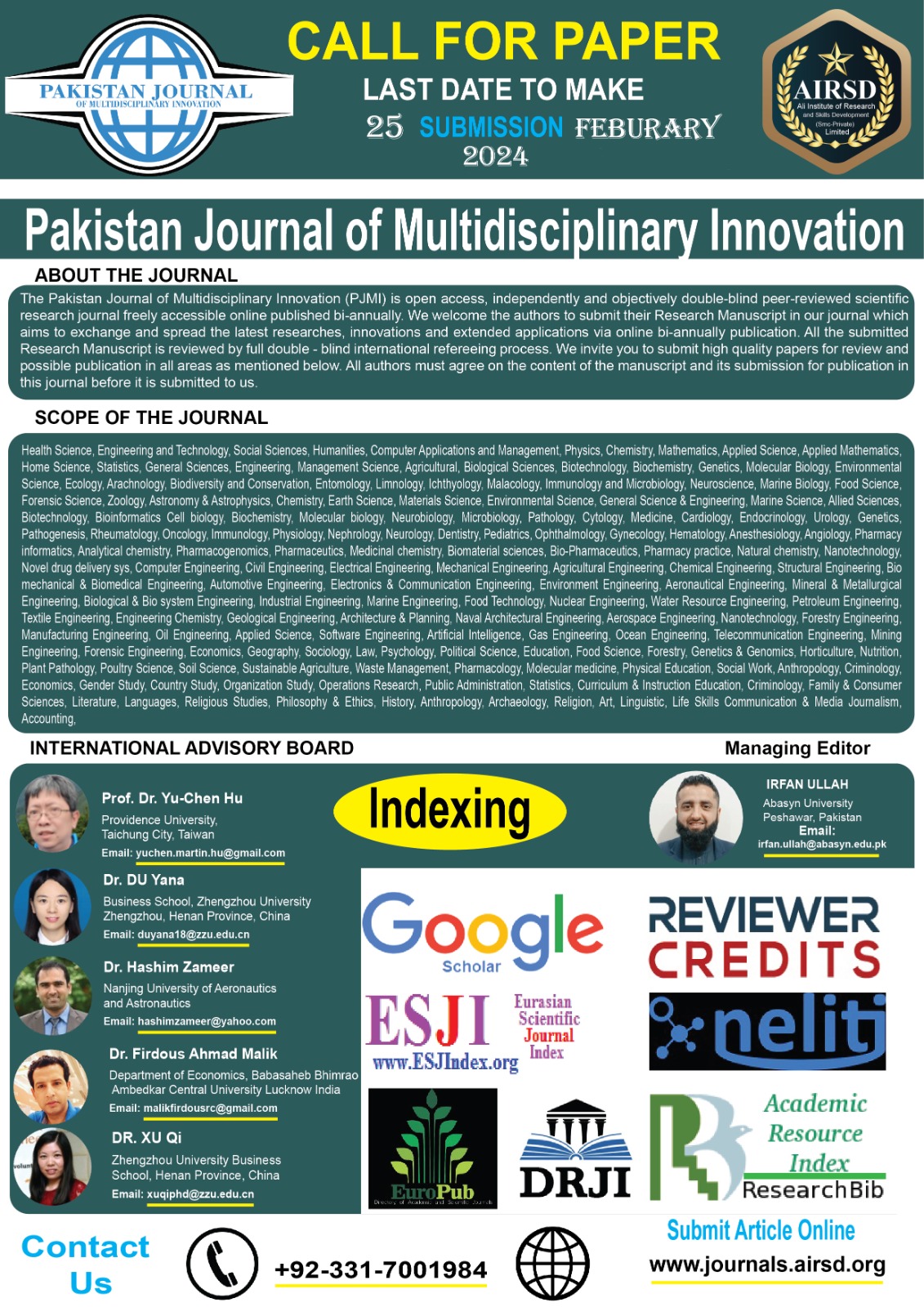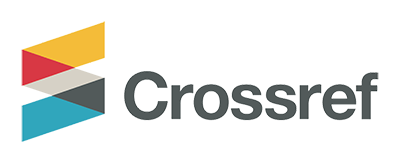Exploring Contemporary Arabic Sentiment Analysis: Methods, Challenges, and Future Trends
Keywords:
Arabic sentiment analysis, machine learning, deep learning, AraBERT, LSTM, social media, dialects, language processing, natural language processing (NLP), sentiment classificationAbstract
The research examines modern Arabic sentiment analysis by investigating methods in addition to assessing current difficulties and projected developments. Evidence from this research shows how traditional learning algorithms (Support Vector Machines, Naive Bayes, Logistic Regression) and the latest deep learning models (LSTM, AraBERT) perform in Arabic sentiment classification evaluations. The models received assessment through evaluation of data sourced from multiple domains such as social media along with online reviews and news articles. Deep learning models demonstrate superior performance according to the research results where AraBERT outshines traditional approaches by surpassing 88.5% accuracy with precision reaching 87.9% and recall at 89.0% and F1 score at 88.4%. The models successfully processed Modern Standard Arabic (MSA) text and dialects though they encountered problems with informal speech and dialects. This research emphasizes the difficult nature of Arabic linguistic structures together with its language variations as well as the necessity of expanding annotated corpus resources. The research indicates three main future directions such as developing multilingual models as well as better annotation methods for the data and specific tools for sentiment analysis across different domains. The research discoveries present beneficial insights which help organizations alongside governments and stakeholders who need to harness sentiment analysis technologies for Arabic-speaking consumer insights and political interaction analyses and public opinion assessment.
Downloads
Published
How to Cite
Issue
Section
License
Copyright (c) 2025 Pakistan Journal of Multidisciplinary Innovation

This work is licensed under a Creative Commons Attribution 4.0 International License.















